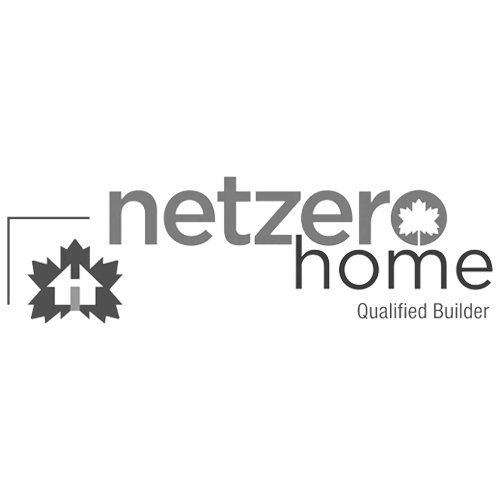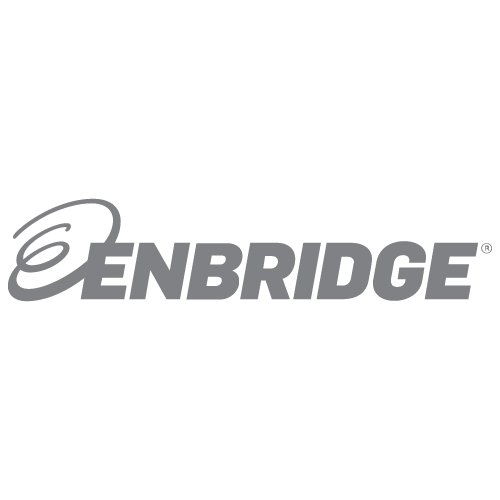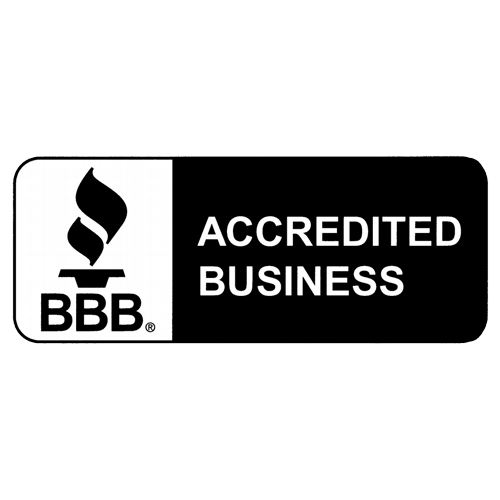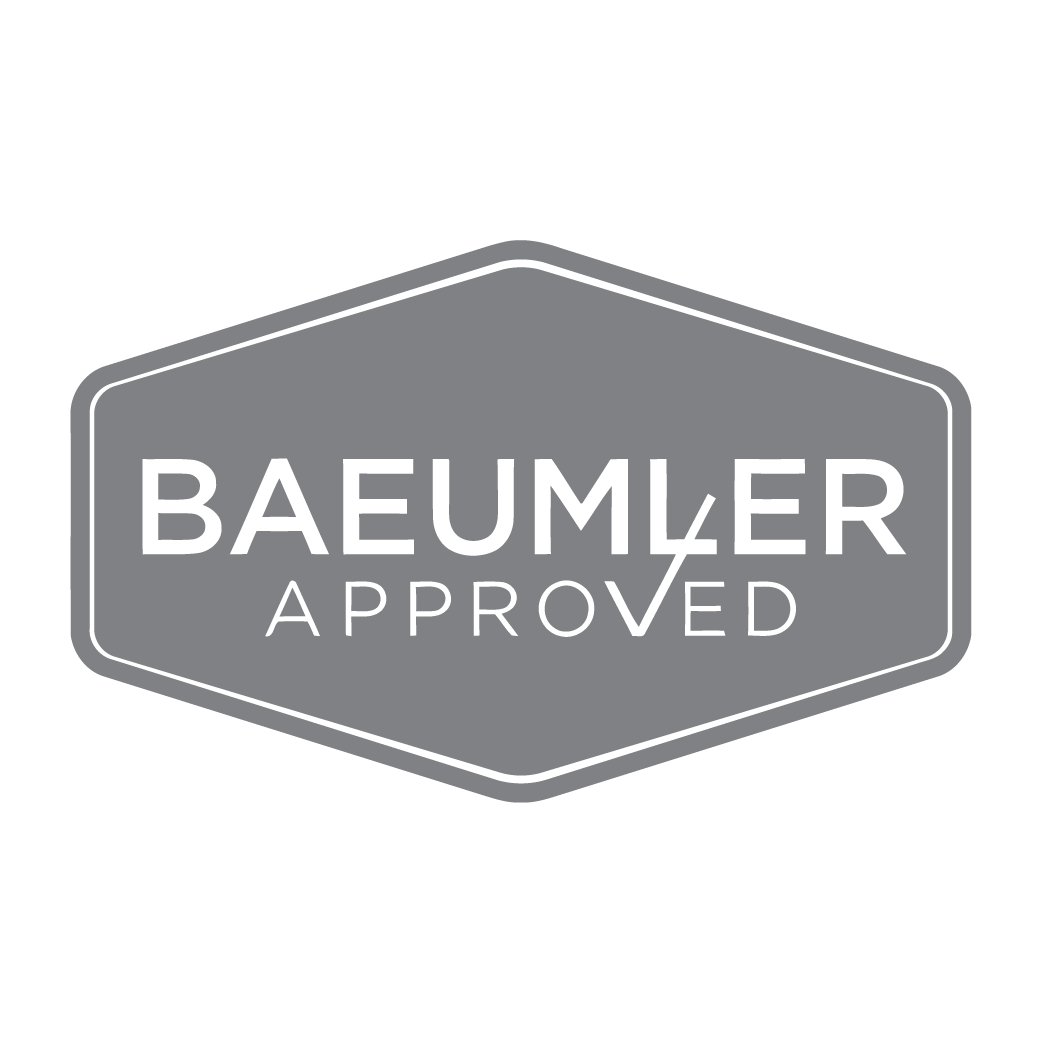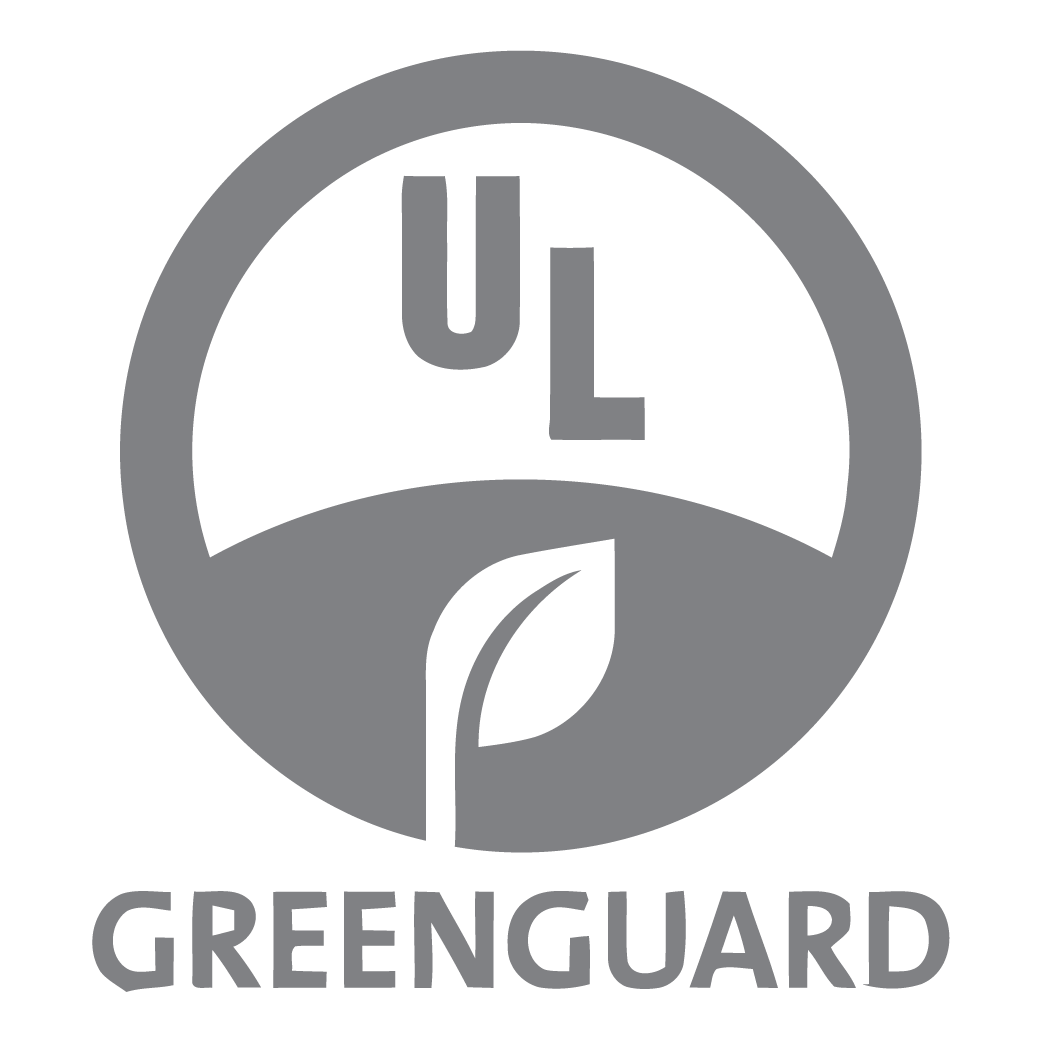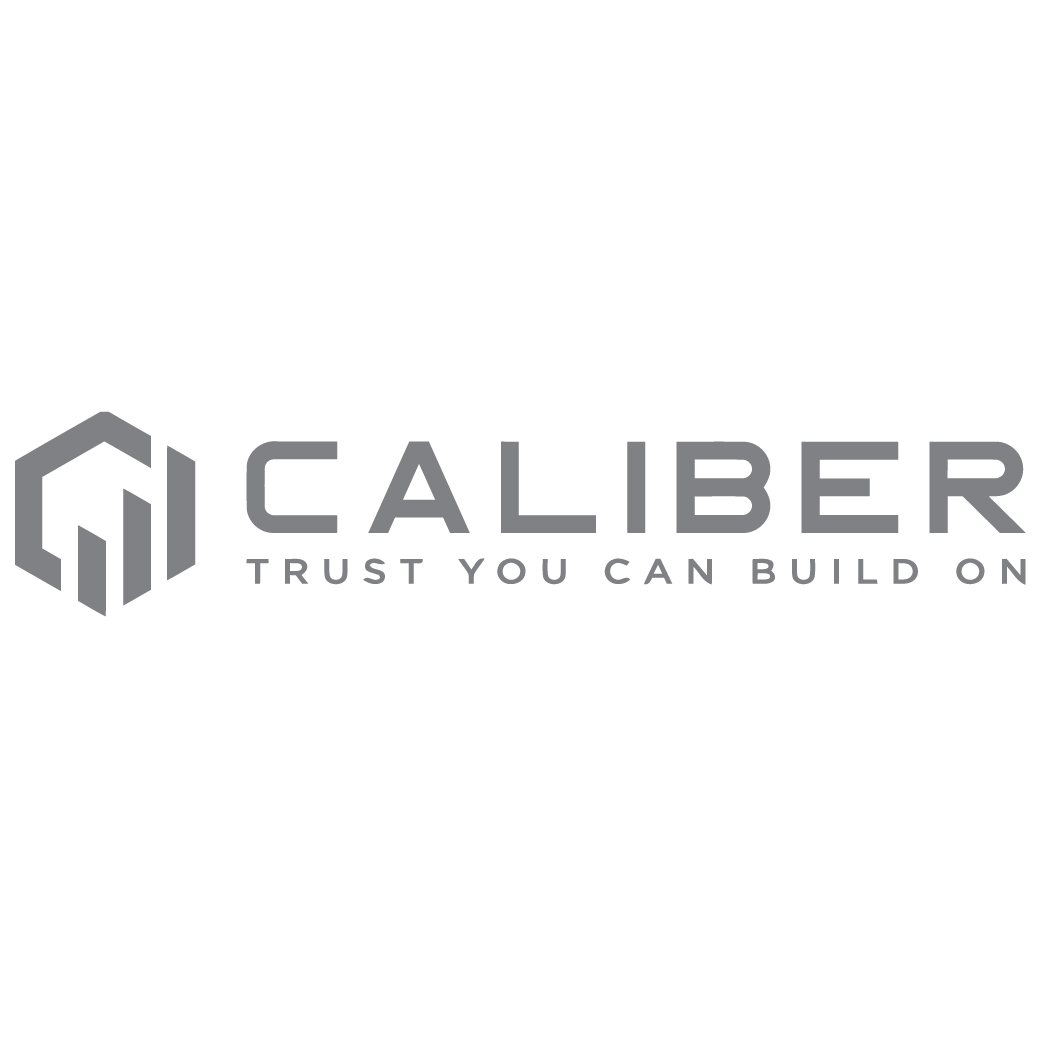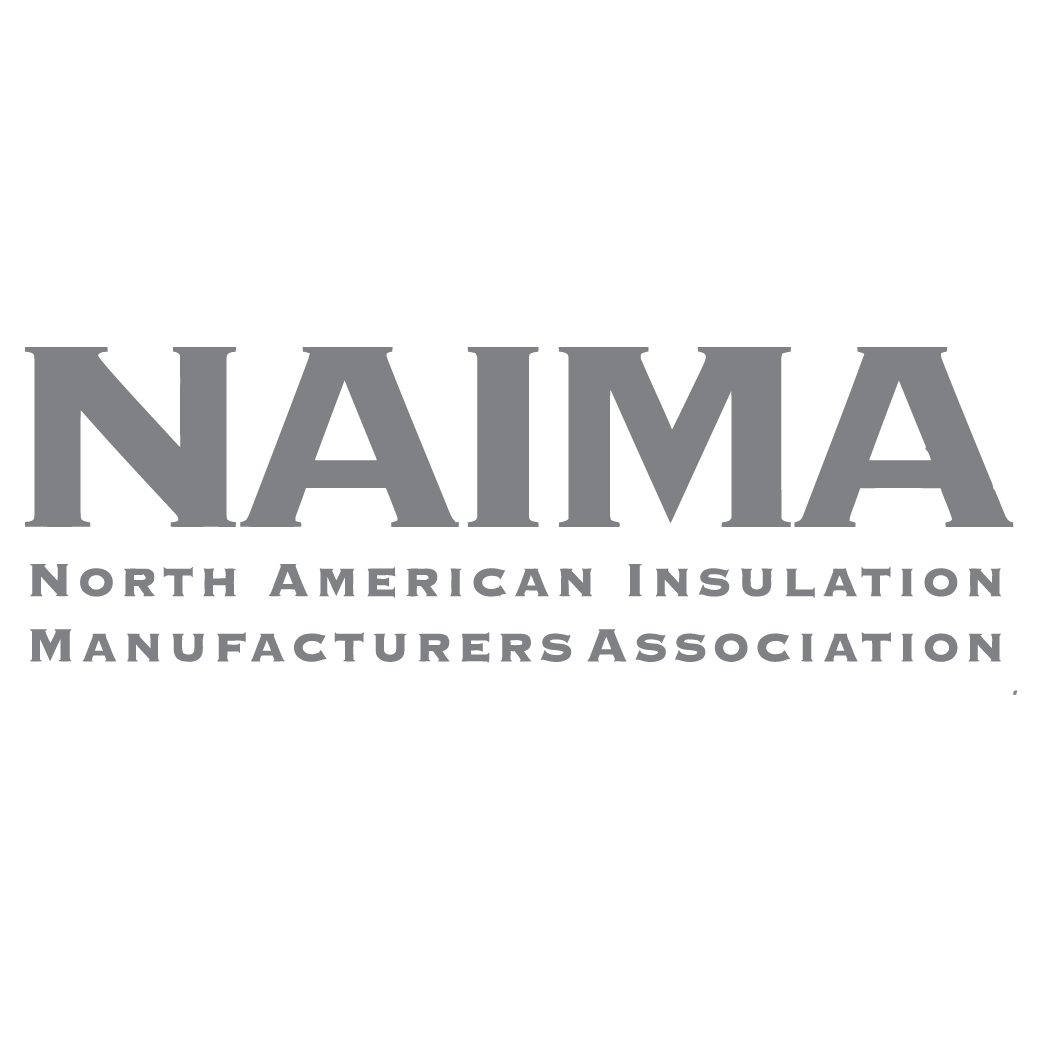Batt Insulation
What Is Batt Insulation in?
Batt insulation, a type of blanket insulation, presents fiberglass material or mineral wool pre-cut into flat pieces, also known as batts. Some batt insulation products come with a paper or foil facing, while some come with no facing, – the preferred type of insulation would depend on your climate and on whether you require a vapor barrier in the insulated area.
Batt insulation is often installed between a home’s rafters, studs, and joints and can be used to insulate floors, walls, attics, and ceilings. Batt insulation “blankets” are very flexible and can be perfectly fit into framing to reduce heat transfer and minimize energy bills.
Batt insulation is a truly versatile option for homeowners: it comes in a variety of R-values and can even be layered for additional R-value. In addition, batt insulation won’t settle over time and will remain effective for many years to come.
Rolled vs Batt Insulation
While batt insulation comes in “blankets” that should be installed piece by piece, rolled insulation comes in big rolls that can be rolled out between wall and ceiling framing. Aside from the difference in shape and installation method, rolled and batt insulation products are equally effective in insulating home spaces.
other services
Get a free quote!
REQUEST A QUOTE
"*" indicates required fields
Types of Batt Insulation for Ceiling and Other Areas
At Exotherm Spray Foam System, we offer two main types of batt insulation : mineral wool batt insulation and fiberglass batt insulation.
Mineral Wool Batting Insulation
Mineral wool batt insulation is made from natural or synthetic minerals such as rock or slag. It is available in both faced and unfaced varieties and is typically installed in walls, floors, and ceilings. Mineral wool batts are known for their excellent soundproofing properties, making them a popular choice for areas such as home theaters or bedrooms. They are also resistant to fire, pests, and moisture, which can make them a good choice in areas where these factors are a concern. However, mineral wool batts can be more expensive than other insulation types and harder to find in some areas.
Mineral Wool Batt Insulation R-Value
The R-value of mineral wool batt insulation can vary significantly, depending on the thickness of the insulation blanket. For thinner blankets of around 1’’, the R-value of mineral wool batts hovers at around R-4 per inch. In contrast, batts 6’’ in thickness can easily achieve an R-value of R-24. In many ways, mineral wool is a superior insulation product, with the R-value per inch being 22% to 37% higher than that of fiberglass.
Fiberglass Batt Insulation
Fiberglass batt insulation is made from glass fibers that are spun into a wool-like material. It is available in both faced and unfaced varieties and is typically installed in walls, floors, and ceilings. The facing on fiberglass batts can be made from a variety of materials, such as kraft paper or foil, and helps to reduce the amount of air that can pass through the insulation. Fiberglass batts are a popular choice because they are relatively inexpensive and easy to install. However, they can be itchy and irritating to handle and can lose some of their effectiveness if not installed properly.
Fiberglass Batt Insulation R-Value
Similarly to mineral wool batt insulation, fiberglass batts may have different R-values, depending on the batt thickness, starting at around R-3 per inch. In addition, the R-value can be increased further by layering multiple insulation batts.
Common Batt Insulation Sizes
Generally, batts come in bags and are sized to fit into standard cavities. As such, batt widths can vary from 3.5 inches for a 2×4 cavity to 5.5 inches for a 2.6 cavity. The typical batt length is 48 inches, even though it is possible to find 96-inch long batts.
Benefits of Batt Insulation
Energy Efficiency
Batt insulation helps to keep homes more energy-efficient by reducing heat transfer, preventing heat loss during winter and heat gain during summer. This means lower energy bills and more comfortable living space.
Soundproofing
Batt insulation can also help to reduce noise pollution by absorbing sound waves and minimizing sound transmission between rooms.
Easy Installation
Batt insulation is relatively easy to install, making it a cost-effective option for homeowners and builders alike.
Versatility
Batt insulation is relatively easy to install, making it a cost-effective option for homeowners and builders alike.
Environmentally Friendly
Batt insulation is made from materials such as fiberglass or recycled denim, making it an environmentally friendly option for those looking to reduce their carbon footprint.

Disadvantages of Batt Insulation
As with any other insulation type, batt insulation does have certain drawbacks.
Cons of Mineral Wool Batt Insulation
While mineral wool batt insulation is considered superior to fiberglass batt insulation, it also tends to be 25% to 50% more expensive. Mineral wool batts are not too commonly used, – as a result, they are not available in as wide a range of sizes as fiberglass ones.
Cons of Fiberglass Batt Insulation
Fiberglass batt insulation can be irritating and itchy to handle, and inhaling the fibers may lead to respiratory problems. Luckily, wearing a mask and special protective clothing when handling and installing fiberglass batts can help to alleviate the problem, – or leaving the task to insulation professionals like Exotherm Spray Foam Systems Inc..
In addition, fiberglass batts aren’t ideal for areas with high humidity and potential water leaks, as they are not resistant to moisture, mold, and mildew.
Batt Insulation Cost in Canada
The batt insulation cost can range from $0.10 to $2.00 per square foot for the materials and between $0.60 and $3.30 per square foot installed. The cost will vary greatly on the batt thickness and R-value, as well as on whether you choose to go with mineral wool or fiberglass batt insulation.
Get a Free Quote for Batt Insulation
Are you looking to improve the energy efficiency of your home and keep it comfortable all year long? Batt insulation is an excellent cost-efficient option that provides acoustic and thermal insulation, reduces energy bills, and can last for decades before needing replacement.
At Exotherm Spray Foam Systems Inc., we offer free-, zero-obligation inspections and will gladly provide you with an estimate for the entire project. Give us a call today!

Batt Insulation FAQ

Blanket insulation is can come in the form of batts or rolls. As such, batt insulation is one type of blanket insulation, with the other type being rolled insulation.
Blown-in insulation is a type of loose-fill insulation that is “blown in” to a wall cavity. In contrast, batt insulation comes in pre-cut “blankets” or batts that are meant to fit into the required areas. While batt insulation can easily be used for standard-size spaces, it may be hard to fit in unusual or hard-to-access areas.
The thinnest insulation product currently available on the market is the 10mm Aerogel blanket, with the R-value of approximately R-10 per inch.
A FEW OF OUR PROJECTS
Partnerships & Associations
